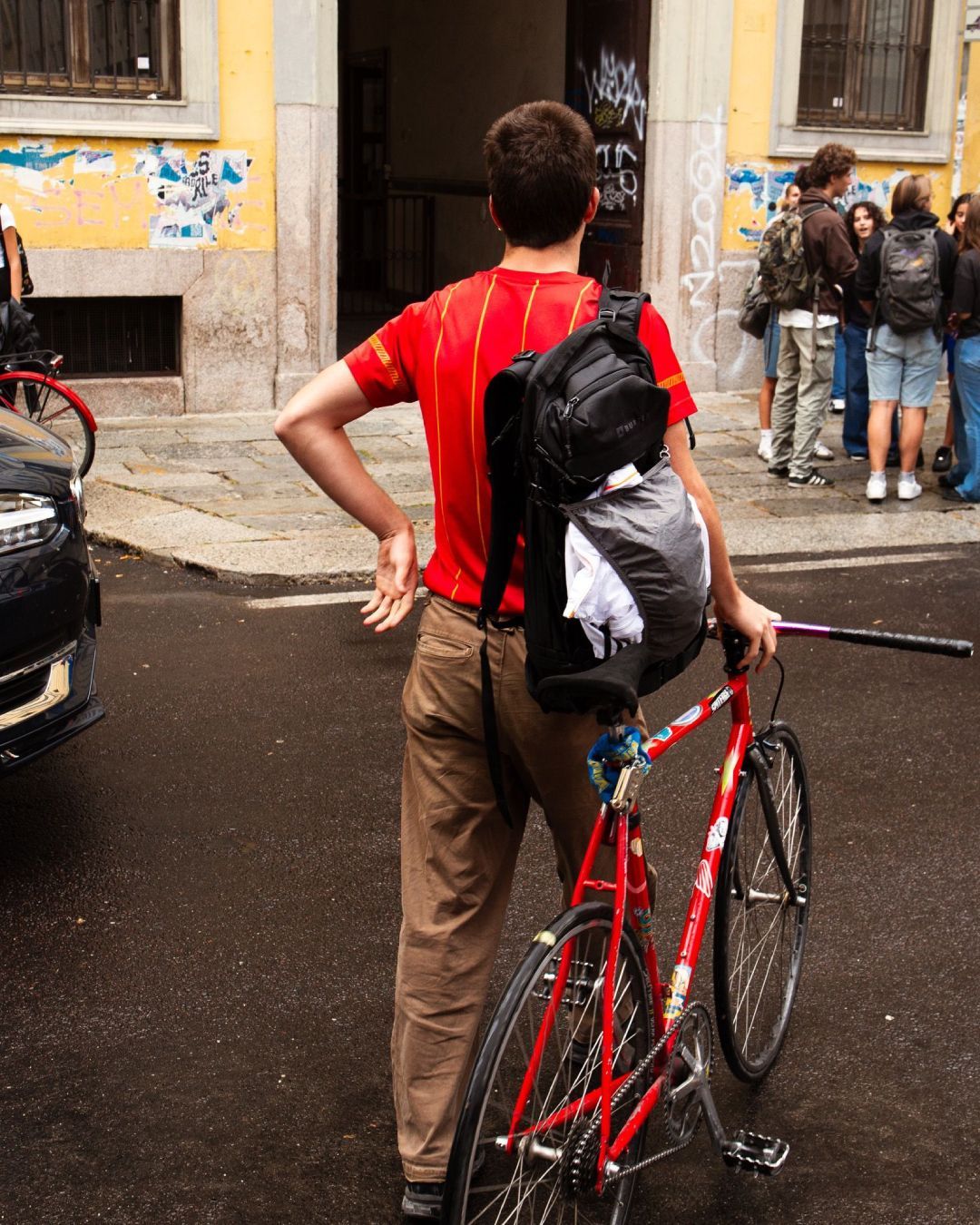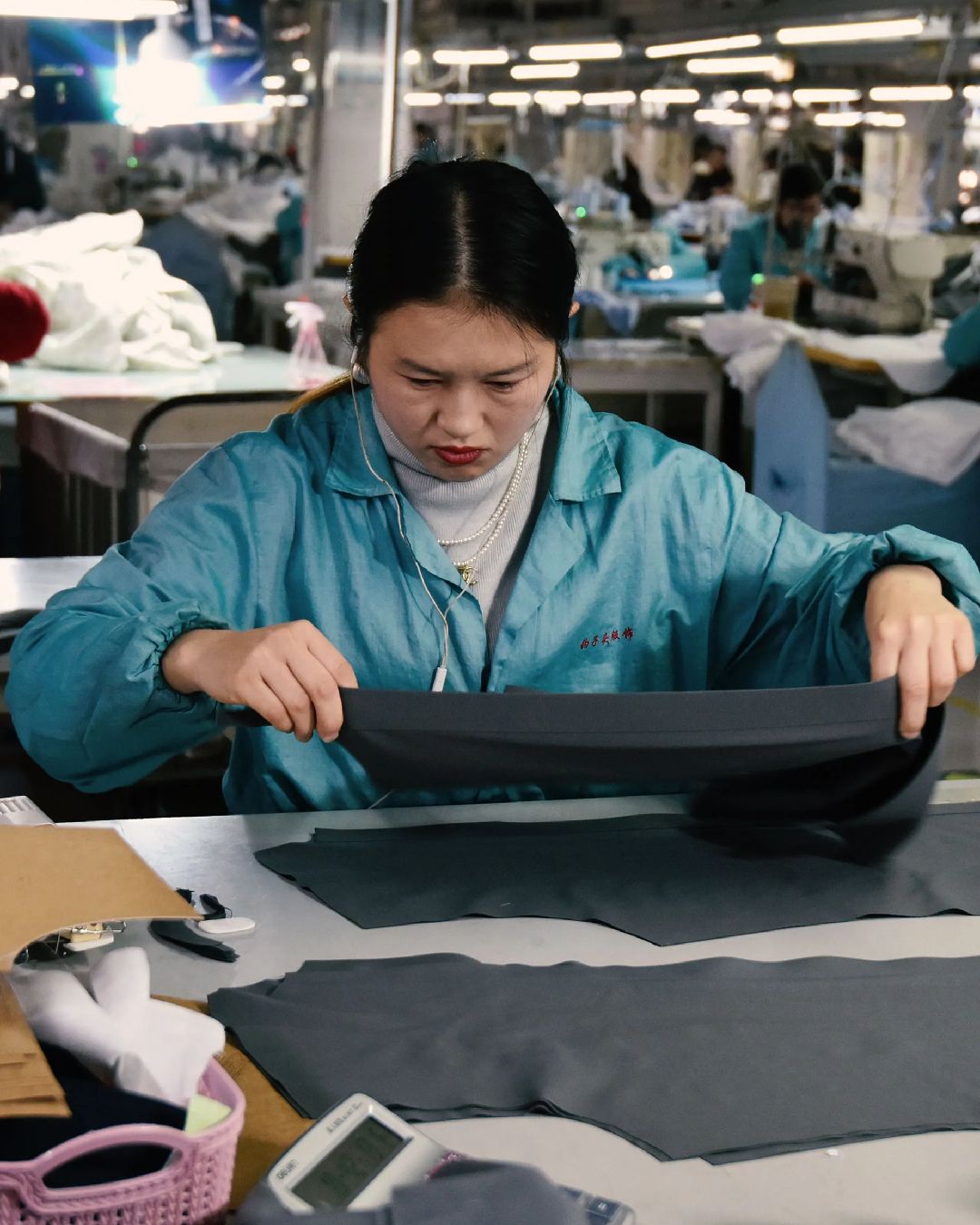
What happened to the 'Made in Italy' high school? The Meloni government initiative does not reach the minimum membership threshold
The enrollments for the Made in Italy high school, strongly desired by the Meloni Government, opened on January 23rd, but the number of students who will be welcomed into the classrooms of what many have called "the old high school" (because it has more hours of art and fewer of foreign languages compared to a traditional curriculum) barely reaches 375. Two months before the start of classes, the school does not meet the legal minimum number of students per class, and thus the entire project risks ending miserably in the trash even before it begins. The 375 students would be divided into 92 institutions, spread across Sicily (17), Lombardy and Lazio (12), Puglia (9), Marche and Calabria (8), Abruzzo (6), Tuscany (5), Liguria, Piedmont and Veneto (3), Molise (2), Basilicata, Emilia-Romagna, Sardinia and Umbria (1). Despite the scarce number of enrollments already being known in February, as reported by L'Espresso, the Minister of Enterprises and Made in Italy Adolfo Urso remained optimistic. Yet since then, the numbers have not changed.
Potrebbero farli al liceo del made in italy. pic.twitter.com/q1dlmJkB9C
— andrea pennacchi (@Pennacchiiiii) February 25, 2024
Initially presented by Minister Giuseppe Valditara as a high school that would train professional artisans in practices «of fashion, clothing, furniture, Italian ceramics» but also «aerospace», the Made in Italy school actually has little to do with the world of handmade. Since the first information about the first two-year program was shared, harsh criticisms have circulated online about the usefulness of a high school that offers training almost identical to that of a Humanities high school, with the same subjects except for an increase in hours for art history. According to shared information, the first two years of the high school will not include the lessons related to the Made in Italy sectors promised by the Government, while there is still a huge question mark over the subjects of the three-year period.
Come punizione i bulli verranno iscritti direttamente al Liceo Made In Italy#valditara https://t.co/LHAVih0wk2
— LaBombetta Cosmica (@LaBombetta76) July 10, 2024
To solve the problem of the lack of enrollments in the new high school, in May the Ministry of Education and Merit tried to waive the law that mandates a legal minimum of 27 students per class in secondary schools. Last month, instead, Giorgia Latini, a deputy of the Lega, proposed an amendment to the "Caivano decree" to allow the waiver in an exceptional manner, but it was withdrawn. «We are evaluating different and specific agreements. It is a problem that will be addressed in the VII Commission of the Chamber. The ministry is committed to finding a solution», Latini told Fatto Quotidiano. In practice, the Government is already giving a lesson in craftsmanship: sewing patches.













































